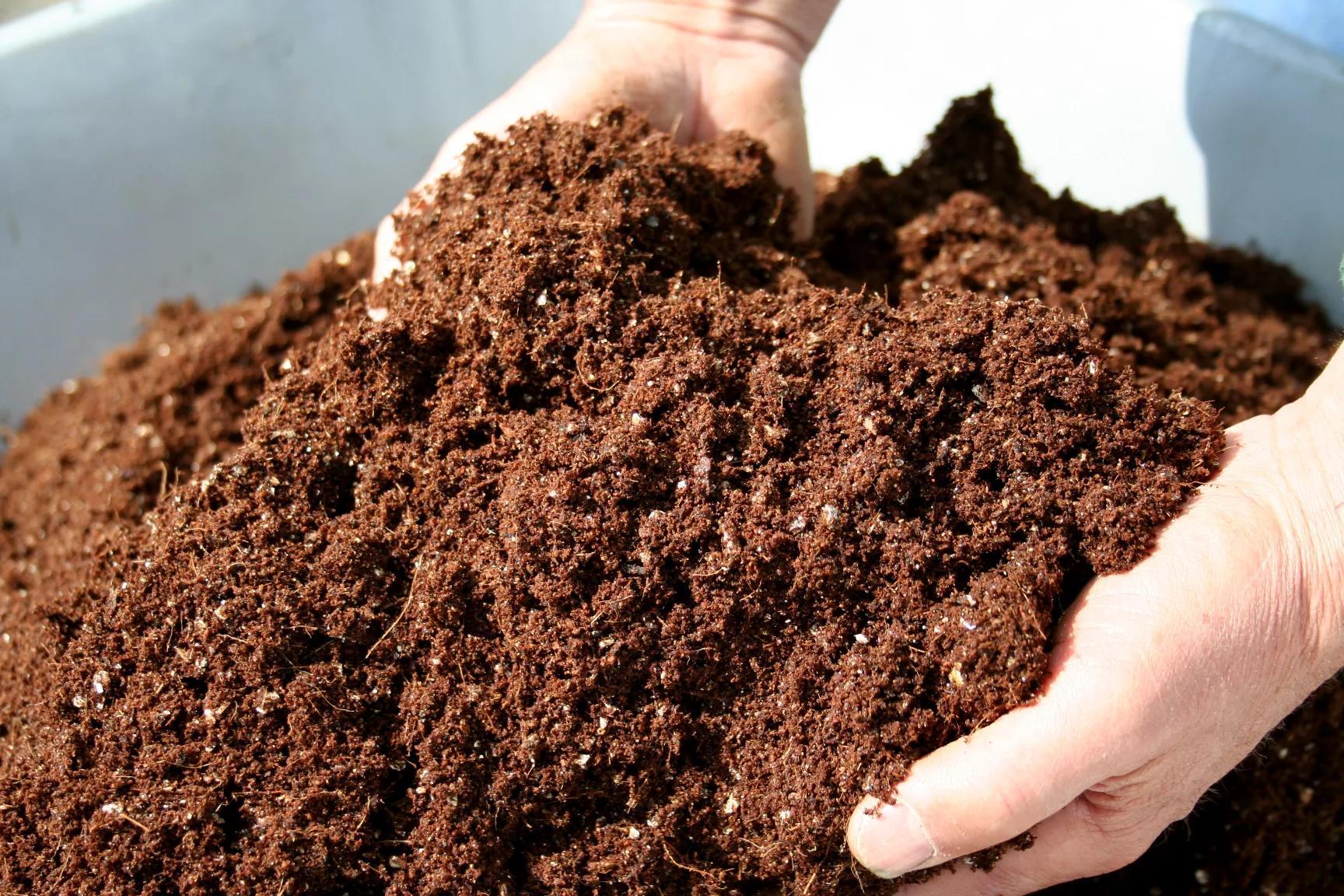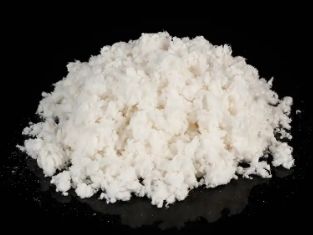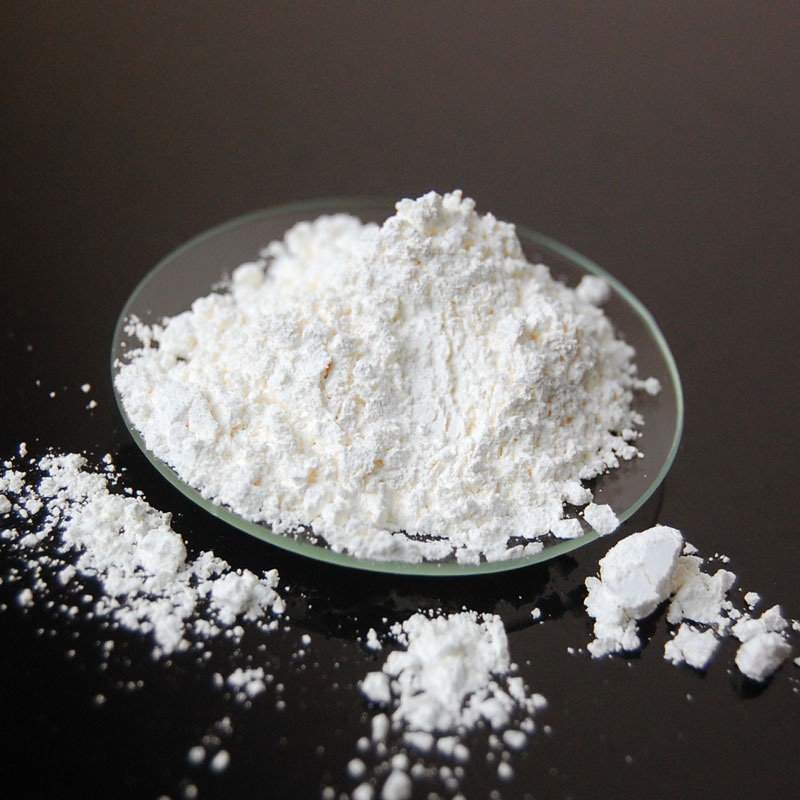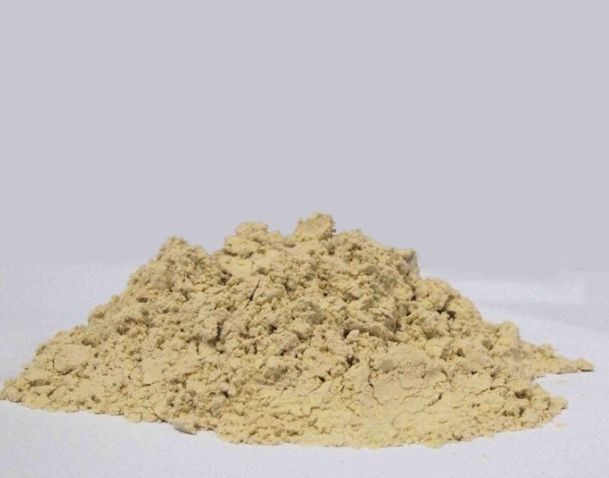
Flame-Sprayed Coating Material XA-SIC® DP-H10
Keywords:
organic fertilizer
Straw printing paste
- Product Details
-
Product performance and features:
- A scorching-printing process suitable for synthetic fiber fabrics
- The product boasts superior paste viscosity, permeability, and water-retention properties.
- Stable working slurry
- The product is made from a blend of various natural plant-based gums.
- Thoroughly burnished flowers, with high clarity
General physical and chemical properties:
Chemical composition: Chemically modified herbal cellulose, blended with other natural plant gums Ionic nature: Anion Supply Form Yellow powdery substance Density (20°C) Approximately 0.8 g/cm³ 5% Viscosity (20°C) Approximately 30,000 mPa·s pH value (5% concentration) Approximately 11–12 Solubility: Stirring dissolves easily in water, quickly forming a paste. Application Technical Documentation:
The process treatment of blooming-printed fabrics should pay attention to the following steps.
1. When fabrics are fed into the printing and drying room, they must be flat and wrinkle-free; otherwise, uneven blooming may easily occur.
2. After acid washing, promptly shake the fabric loose and allow it to air out, ensuring rapid dissipation of heat. This prevents residual alkali from causing thermal damage, which could lead to irreversible defects such as reduced strength that cannot be repaired.
3. After printing, the semi-finished products tend to absorb moisture from the air during storage, causing them to expand and distort—resulting in blurry pattern outlines that become difficult to wash out after the "烂花" (bleaching) process. Therefore, it is not advisable to store these semi-finished products for extended periods.
4. When applying the printing paste, use a large-round-blade scraper and apply double passes to ensure thorough coverage of the color paste, thereby guaranteeing its excellent permeability.
Emulsion Paste Stability:
Water quality: Using soft water to make paste results in a higher paste yield.
Electrolytes: Exhibiting strong electrolyte resistance, they show minimal viscosity reduction even at high electrolyte concentrations.
Acid-alkali: Excellent alkali resistance.
Reducing agent: Exhibits certain stability against common reducing agents such as sodium formaldehyde sulfoxylate;
Reference Process:
Original Paste Preparation:
1. XA-SIC® DP-H10 Polyester Discharge Printing Paste: 5 kg of paste + 95 kg of water yields a total of 100 kg of original paste.
2. Slowly add the paste material into water while stirring at low speed, then continue high-speed mixing for about 80 minutes until it forms a nearly uniform paste.
3. Let it sit for 2–4 hours, then blend at high speed for about 15 minutes before use.
Alkali-rotting Flowering Technique:
Floral paste material 4–6 kg
Caustic soda 20–25 kg
Water y kg
Synthesis 100kg
Process flow:
Pulping → Printing → Drying at 100°C → Steam Treatment (102°C × 13 min) → Water Washing → Drying.
Storage Stability:
Packaging: 25kg paper-plastic composite bag packaging.
Storage: Store in a cool, well-ventilated warehouse for long-term preservation. Once opened, tightly seal the bag to prevent dust and moisture from entering.
Safety Precautions:
When preparing the base paste, if the ambient temperature is high, 0.3% to 0.5% of a preservative can be added to the paste.
If you have particularly high requirements for penetration and hand feel, you can add a printing protective agent (solid flake form) to the paste.
For operational precautions as well as ecological and toxicological information, please refer to the Material Safety Data Sheet for XA-SIC® DP-H10.
Product Specifications:
For product specifications, please refer to the XA-SIC® DIG DP-H10 factory specifications separately.
Inquire Now
If you have any questions, please leave us a message, we are happy to serve you
Recommended Products
Contact Person: Hu Manager
Tel:15715853015
Email:964253538@qq.com
Address: No. 2 Pingjiang Road, Zhongguancun·Shaoxing Shumuwang Science Park, Didang Street, Yuecheng District, Shaoxing City, Zhejiang Province





